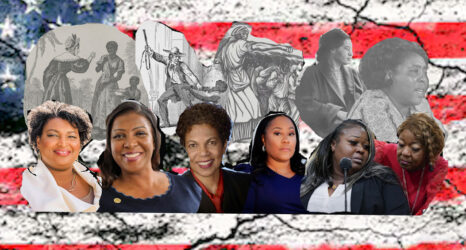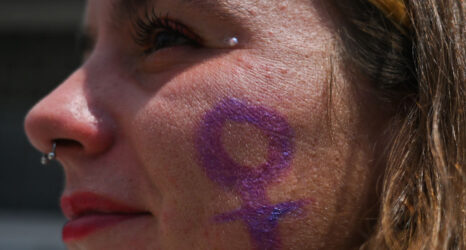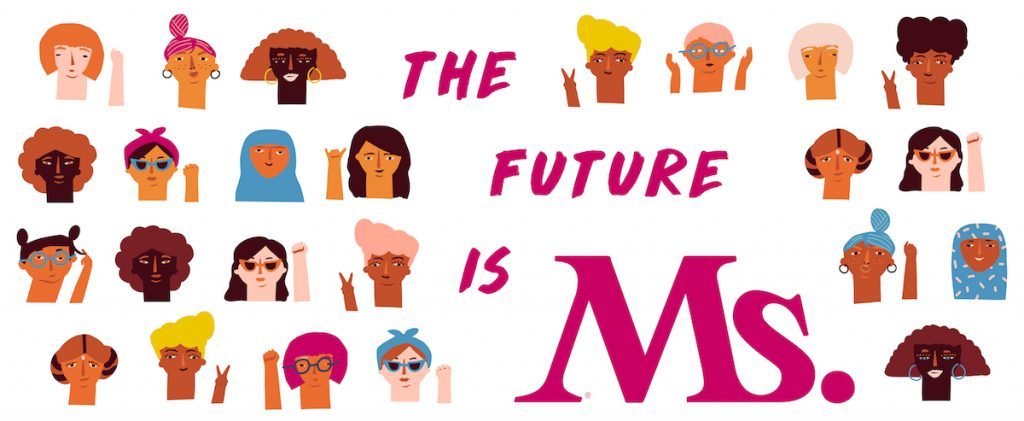
The Future is Ms. is an ongoing series of news reports by young feminists. This series is made possible by a grant from SayItForward.org in support of teen journalists and the series editor, Katina Paron.
This November, young people have the power to change the face of the U.S. electorate: Some 24 million Generation Z teens will have the opportunity to cast ballots.
Census data shows that Americans 60 years and older vote at nearly twice the rate of those ages 18 to 29. But it’s not that young people aren’t engaged—76 percent of youth say they are interested in elections and 83 percent express an intention to vote, according to the book Making Young Voters: Converting Civic Attitudes Into Civic Action.
So why aren’t they voting? For one thing, first-time voters have hurdles to overcome. They have to figure out how, when and where to register to vote. They may feel uncertain about what to bring with them and where to go the first time they vote. And those whose first vote is in a town they’ve just moved to for college have to figure out voting procedures.
For another, too often young people in the course of formal education haven’t been taught why voting matters.
“Most schools are teaching what we call bubble sheet civics,” says D. Sunshine Hillygus, a professor at Duke University and coauthor of Making Young Voters. “They teach facts and figures about history … that are very far removed from the debates within actual politics today,” she says, rather than contemporary political issues and the logistics of civic engagement.
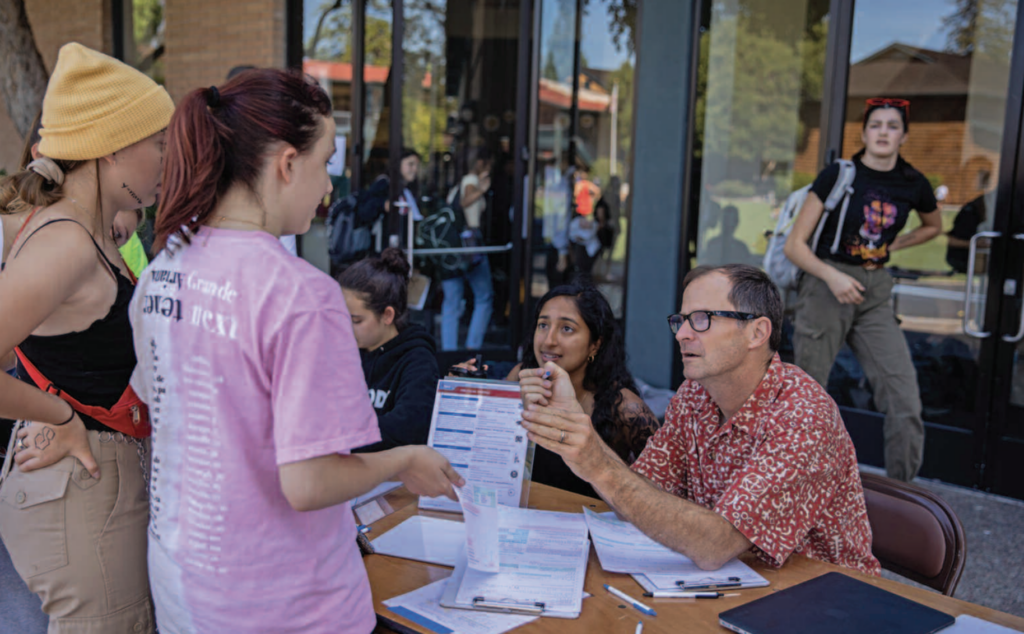
My sophomore-year experience taking a government course echoed Hillygus’ observations: I knew the material was important, but I struggled to apply this information to my daily life.
With the goal of bridging this divide between classroom learning and real-world politics, my classmate Eliza Goler and I started Real Talk, a student-led club that engages high schoolers in civil discourse and participation. We signed up more than half of my school’s junior class during a voter registration drive and hosted our local Congress member, Rep. Anna Eshoo (D-Calif.), for a heated discussion on “cancel culture.”
After hosting a successful community-wide conference, Real Talk expanded to a nonprofit with 10 chapters nationwide that will reach hundreds of students in the fall. The impact of Real Talk has convinced me that student-driven civic education could be the key to higher voter turnouts in November.
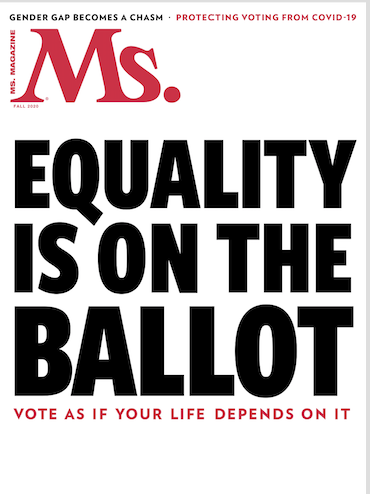
This article originally appeared in the Fall 2020 issue of Ms.
Become a member today to read more reporting like this in print and through our app.
Data from the 2018 midterm elections supports this: The record-high 31 percent youth voter turnout rate has been attributed to increased youth activism to get out the vote.
Today, 50 percent of young people say they’re working to convince others to vote, and 25 percent are registering voters, according to a survey from Tufts University’s Center for Information and Research on Civic Learning and Engagement.
As the youth vote becomes increasingly important to competitive races—especially the presidential race in Wisconsin and Pennsylvania and Senate races in Colorado and North Carolina—politicians should take into account the perspectives of young voters on issues they care about most.
Galvanizing young people through social media on policies that matter to them, along with better lessons in civic engagement, is what will drive new voters to the polls.
You may also like:
The Future is Ms. is committed to amplifying the voices of young women everywhere. Share one of your own stories about your path to empowerment at SayItForward.org.




